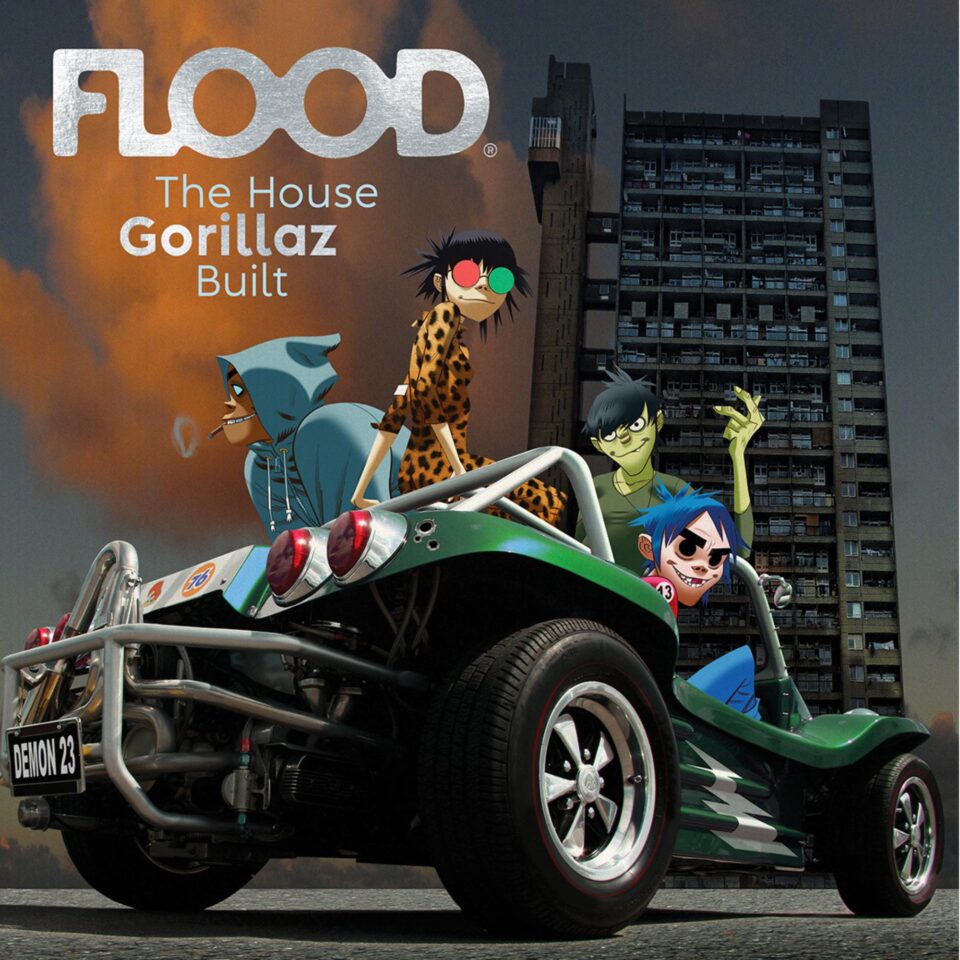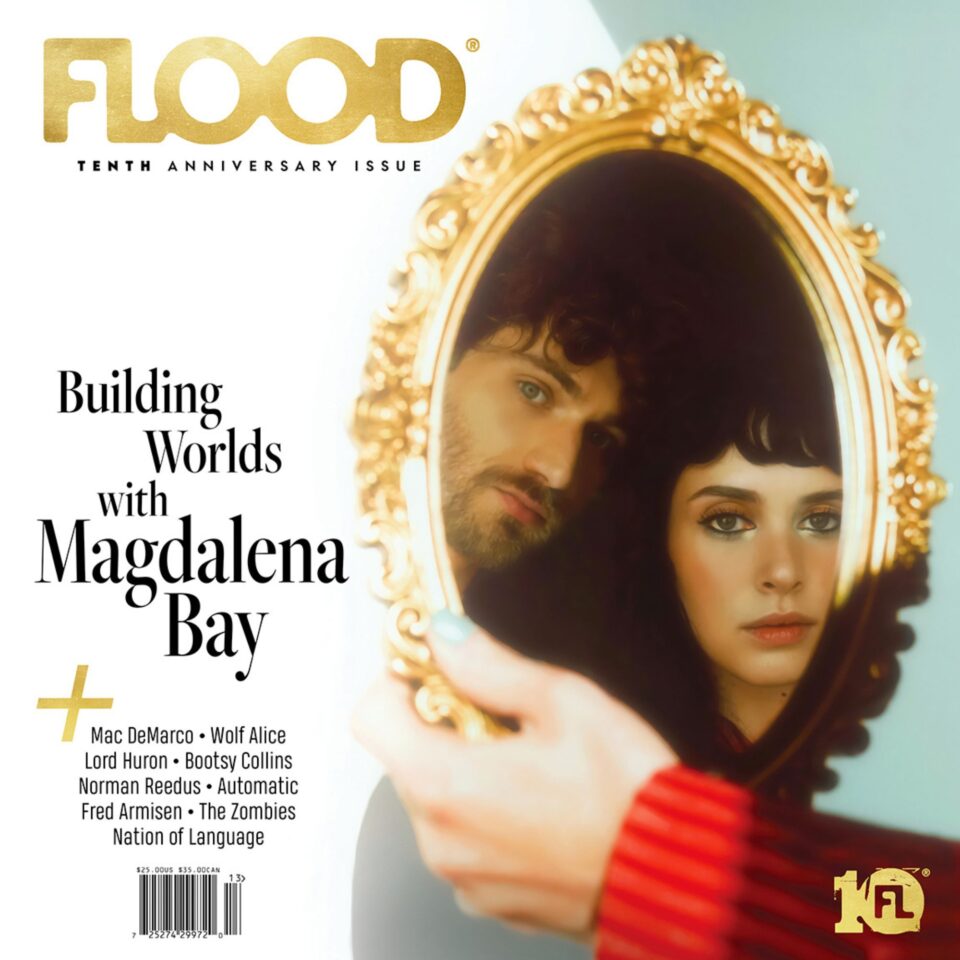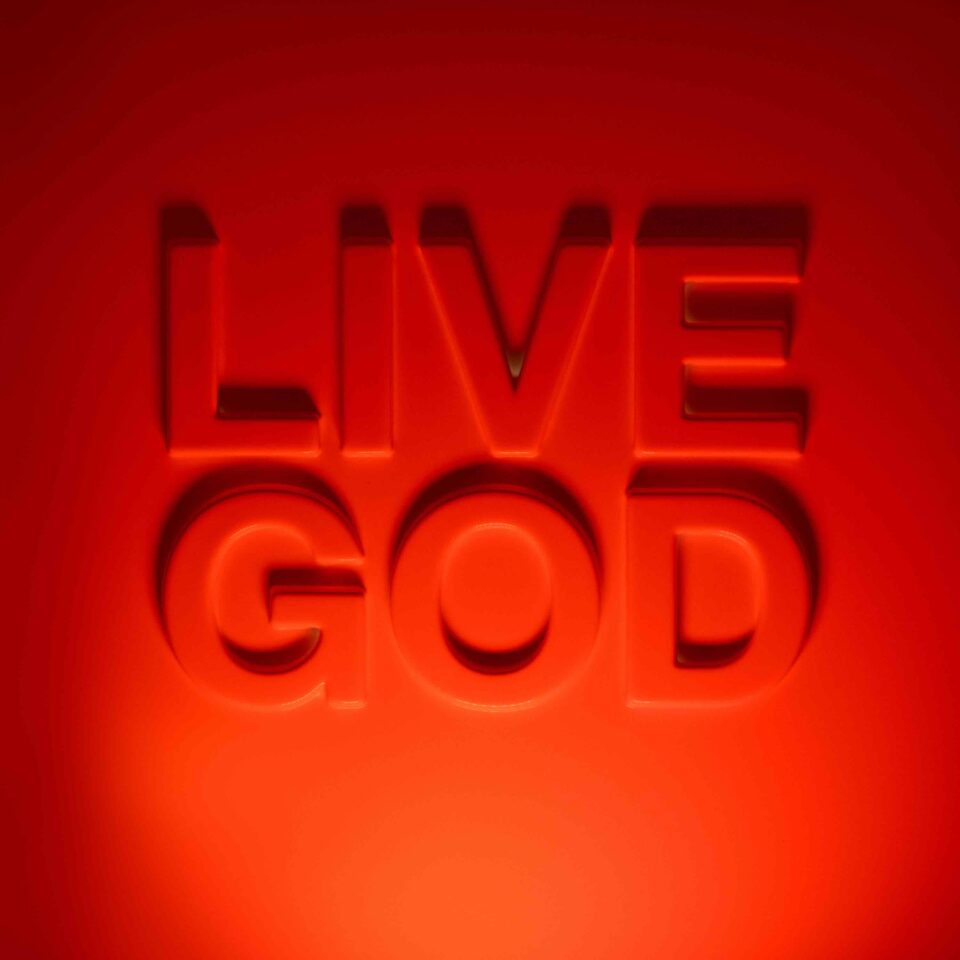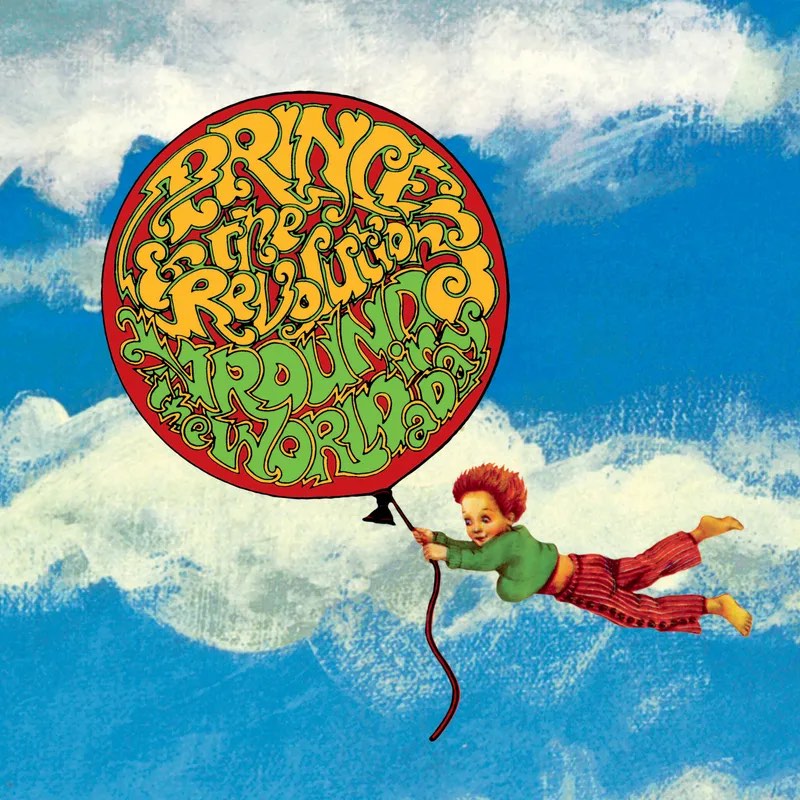The funny thing about songwriting is that often times the simplest songs are just as difficult to create as the most technically complex. New Zealand–based bedroom-pop artist Pickle Darling considered this throughout the creation of their latest album, Bots, as the project’s Lukas Mayo aimed to balance their basest pop instincts against a totally unique sound palette made up of individual sounds which the listener could easily identify if isolated.
Additionally, the album’s eight songs were written fairly linearly, with the tracklist almost reading like an extended stream-of-consciousness exercise for Mayo as they fleshed out each idea as it came to them. “I tried to get into the head of the listener hearing this album for the first time,” they explain of the whims they followed on opener “Obsolete,” which largely extended through the rest of the album. Although the songs largely cling to a twinkling, highly modern twee-pop sensibility, Mayo notes that their influences ranged from the aughts indie canon of The Microphones, Sufjan Stevens, Wilco, and The Wrens to the dance-pop music of Madonna, Robyn, and Romy, with the simplicity of R.E.M. and The Cure and the “chanty” synth pop of Pet Shop Boys and Depeche Mode landing somewhere in between.
With the record out now via Father/Daughter, Mayo takes us deeper into each of these compositions, largely focusing on the instrumental elements rather than the lyricism. Check it out and stream the record below.
1. “Obsolete”
I kind of made this one in a very linear way, and maybe the entire album. As in, other than a few bits and pieces here and there, I kind of made everything in the order you hear it and wrote it that way, too. So the opening layers of kalimba and guitar harmonics were the first things I recorded for the album and I tried to get into the head of the listener hearing this album for the first time. With this song I kind of gave myself permission to let go of the idea of the song, or of being concise (which is something that normally dictates my writing and recording).
I was listening to The Microphones’ Mount Eerie album, and the way the second song comes in after the endless noise of the first song—I really liked that kind of generosity to the listener. For every moment you’re alienating or distancing the listener, reward them with something emotionally immediate. So when my vocals come in after a few minutes of noise, I wanted it to be clear and melodic and honest. The fear of disappointment, I was thinking about it in a relationship sense, but on another level I feel like that first line addresses the listener directly, too. Wilco’s “I Am Trying to Break Your Heart” has kind of the ultimate fourth-wall break in a song—that song was also kind of a big influence on this one.
2. “Violence Voyager”
Another big influence on this album was The Wrens, as well as [Charles Bissell’s] Car Colors project. I was really into the story of the recording of The Meadowlands, all the endless tinkering and “punching-in” of parts. So the main musical riff that you hear during the whole song that sounds like pizzicato violins is actually guitar, just muted and punched in one note at a time—so there’s no “performance,” just a messy recording with lots of clicks. I want all the musical and production ideas to be transparent as to what they are.
There’s some music which has very technically amazing production and you’re like, “I can’t hear how they made this,” but then there’s other stuff where you can kind of hear exactly how it’s constructed, and that makes it all the more impressive; like opening up a watch and seeing all the moving parts and it’s like, “Oh that’s how it works, I can see how they did it, they just did it the long hard tedious way.” That’s how I feel about artists like Sufjan Stevens, Jon Brion, Joanna Newsom—even The Beatles. You can see all the moving parts, and the actual timbres and sounds and guitar tones are actually kind of secondary to the arrangement. “Violence Voyager” is such a simple four-chord song, but I tried to attack the chord progression in the most deconstructed, convoluted way possible.
3. “Earthshaped”
I was playing with more folky chord progressions, originally this was just a solo guitar song. But then again, I didn’t want much actual guitar playing on the album, I just wanted the sound of a guitar. Though the second half has plenty of guitar picking, just sped-up and pitch-shifted up, like, five semitones or something. I do that a lot, because then you can kind of get into all the little crevices of a guitar part, play it waaay slower and fill it up with as many notes as you can and see how intricate it is when you speed it up. The lyrics in the second half maybe tap into the core of what this album is about. I didn’t want to talk too much about it in the press, because I never want my music to point directly at myself too much!
4. “Congratulations Champion”
I was listening to a lot of R.E.M., and my favorite song of all time (this always changes) is “Electrolite.” It’s so deceptively simple, but the way the words, the melody, the chords all interact is so magical to me. And also The Cure’s “Friday I’m in Love”—just a simple kind of nursery-rhyme melody over four chords. So the verse of this song was me trying to write something that locked into place like that. And then it kind of evolved into something different. There’s guitar picking on this one, but I quantized the audio, which shoves each note aggressively into place, giving you kind of strange glitches and weird artifacts. It sounds kind of messed up at points, which I always like.
5. “Human Bean Instruction Manual”
This was assembled from fragments and was maybe the most labored-over song on the record. I put the most work into it, but I don’t really know what to say about it! It wasn’t going to be on the album at all until I came up with the second half. I love synth pop when it gets really repetitive and kind of “chanty.” I love Pet Shop Boys, also the ending of that Depeche Mode song “Insight,” or Sufjan Steven’s “Impossible Soul”—just layered kind of chants that keep building up and up. I would love to play this song live with a full band one day and just draw that out for 10 minutes.
6. “Steps”
My voice is pitch-shifted up a semitone in this one, I think because it was the only kind of conventional vocal and acoustic guitar song, I had to make it sound a bit yuck in some way. Also, this is the only time I’ve recorded a song without a click track or any set tempo. It was supposed to be the demo, but I kind of just fell in love with the recording! It was almost going to be the opening track.
7. “Massive Everything”
My first pop song, I think. I love Robyn and Madonna and they were big inspirations for this song, as was that Romy album that came out a couple years ago. I wanted to make something with very direct communication, with very clear vocals and lyrics, but still as synthetic as possible!
8. “Infinite Trolley”
I’m worried this song is too long, or that people will skip the first half! Like with the first song, I didn’t feel as concerned as I have in the past with keeping everything concise or trying to maintain the listener’s attention at every moment. I wanted it to feel like it could go on forever, and then when the shift happens a few minutes in it kind of wakes you up. I also love the idea of ending the album on maybe the hookiest moment of the record!







